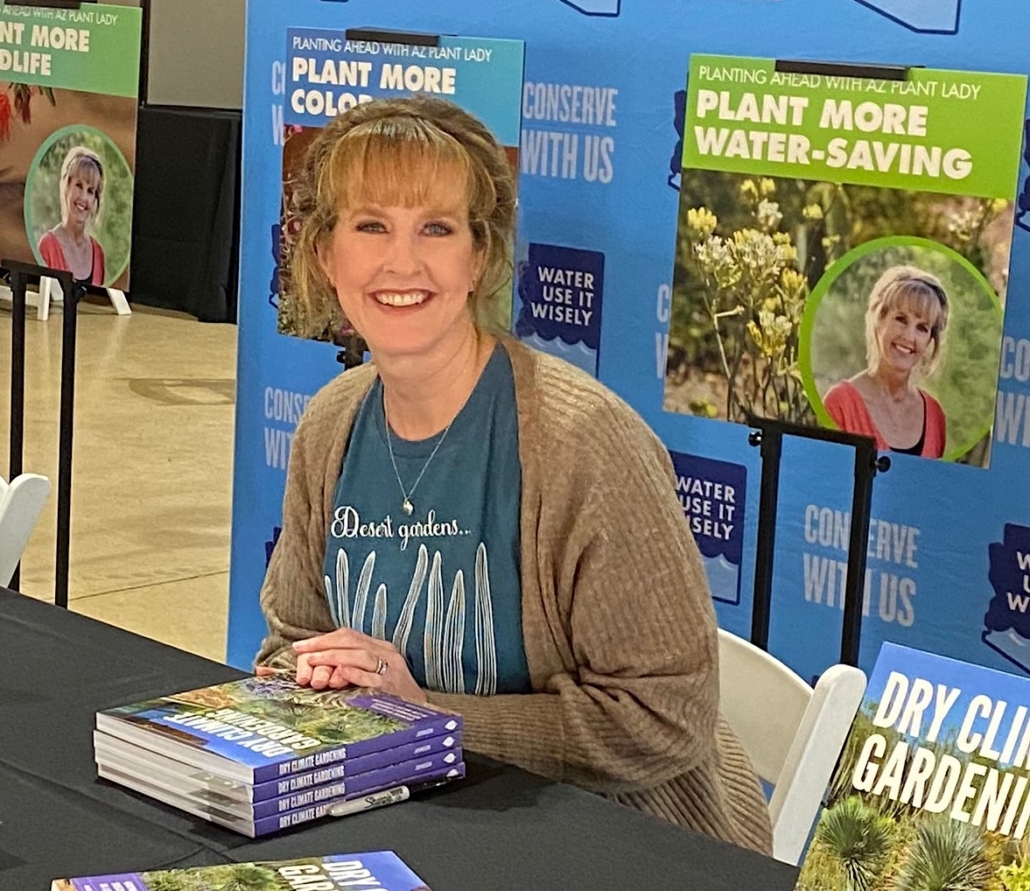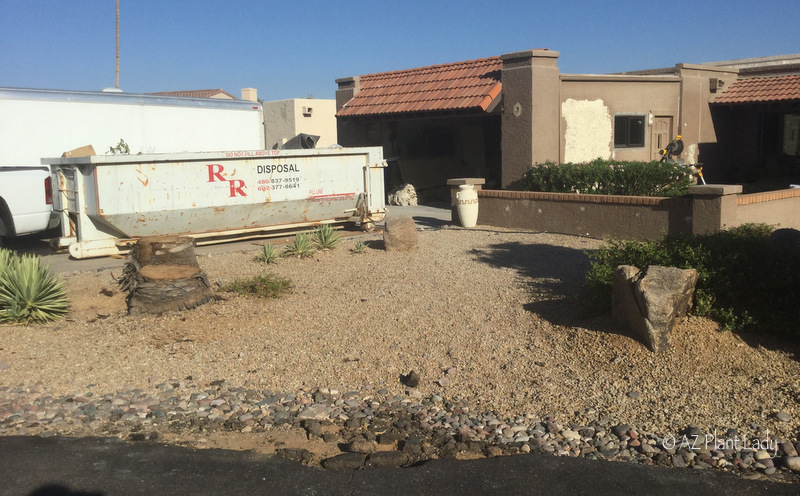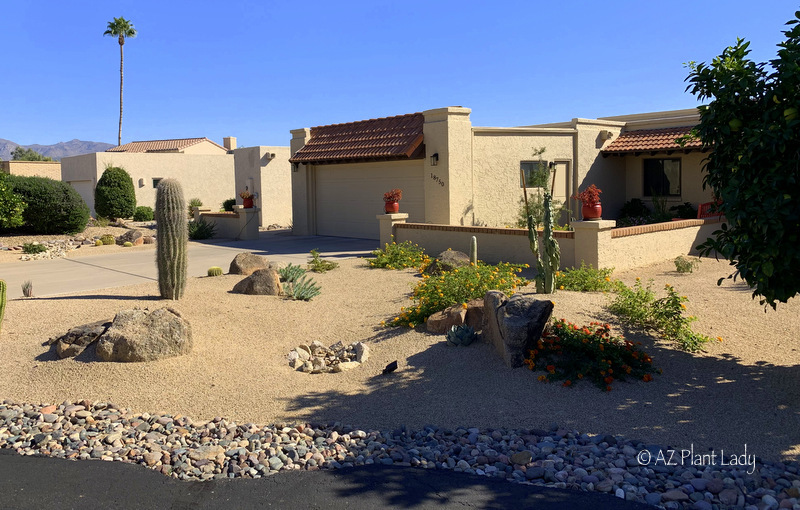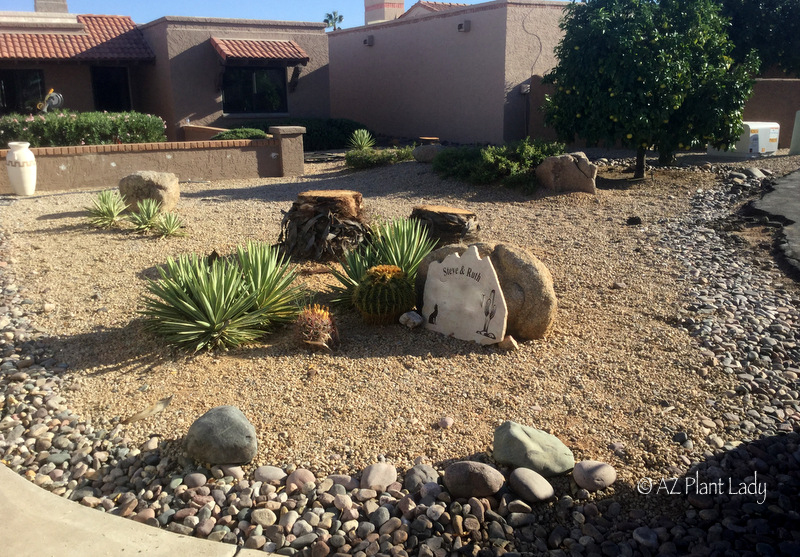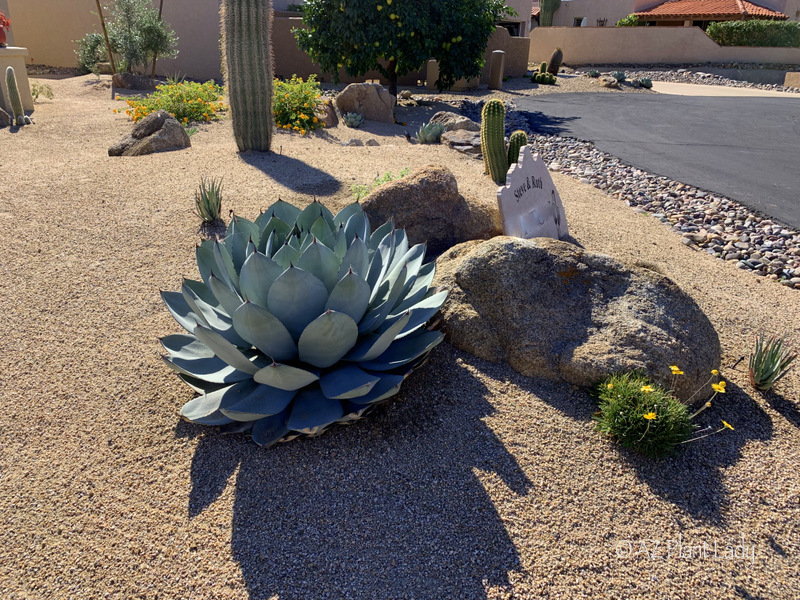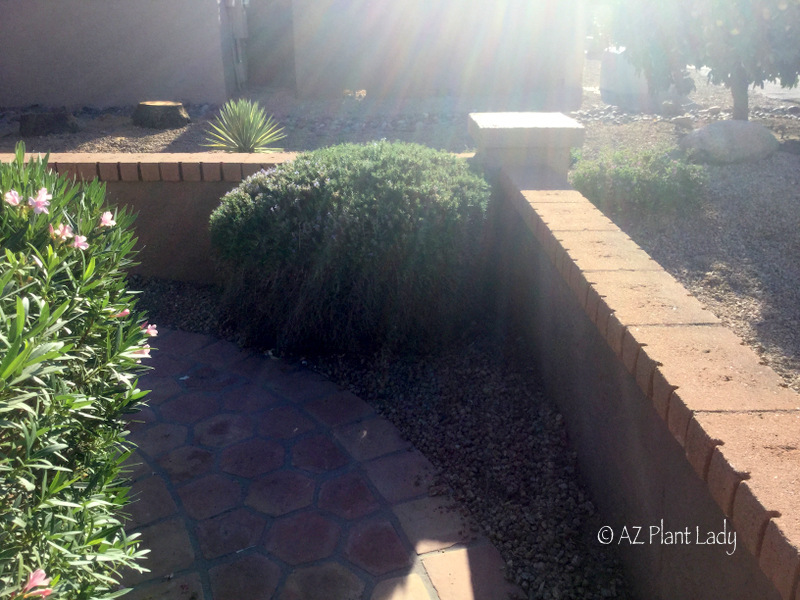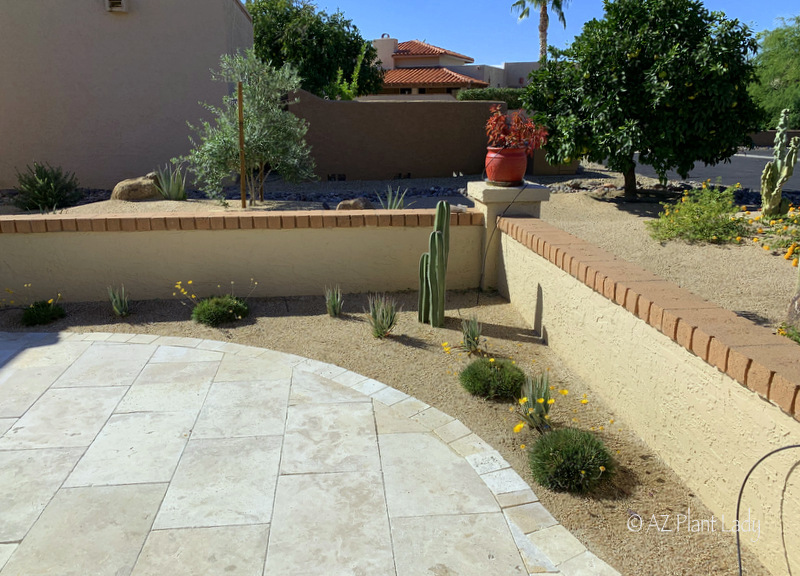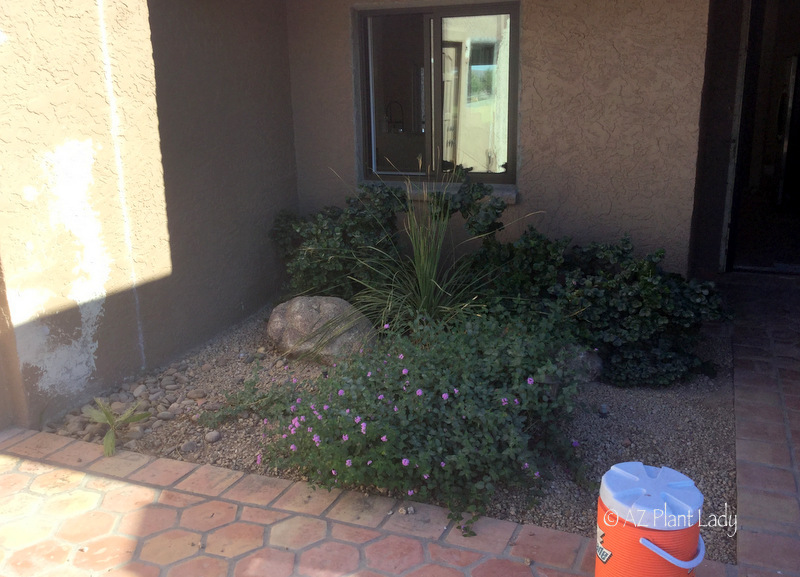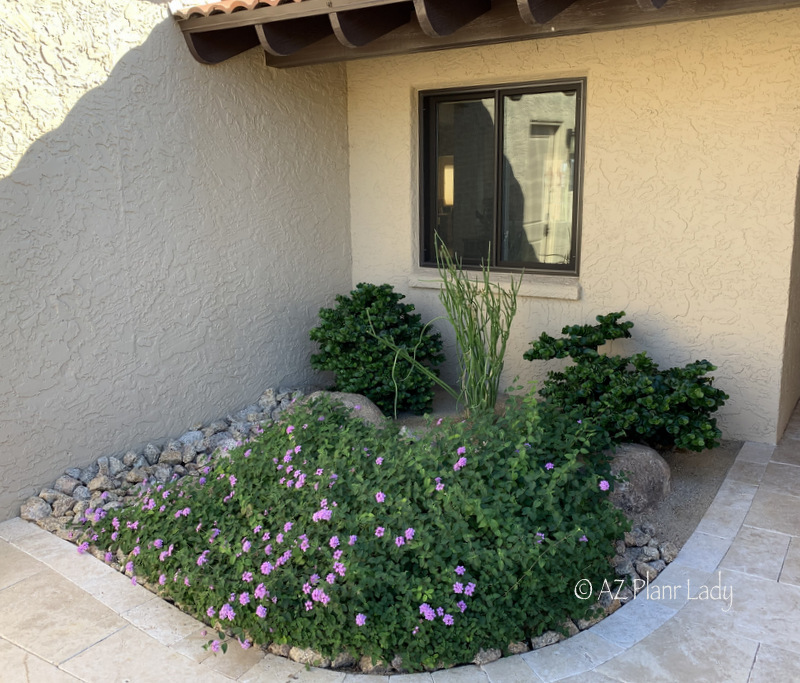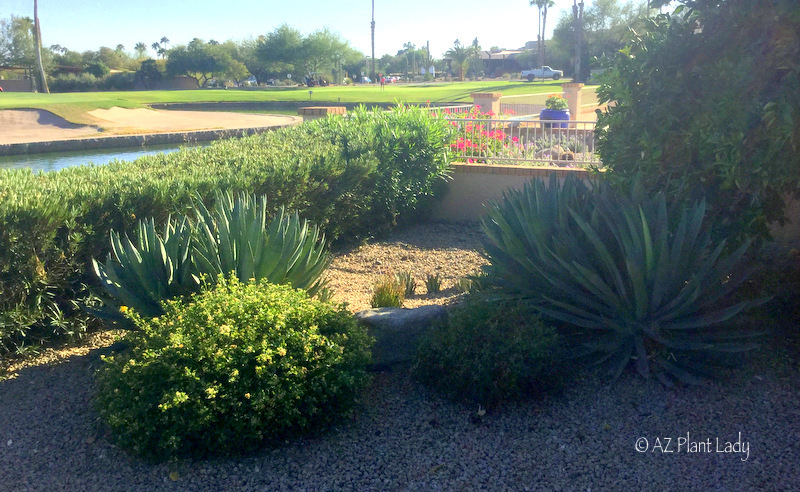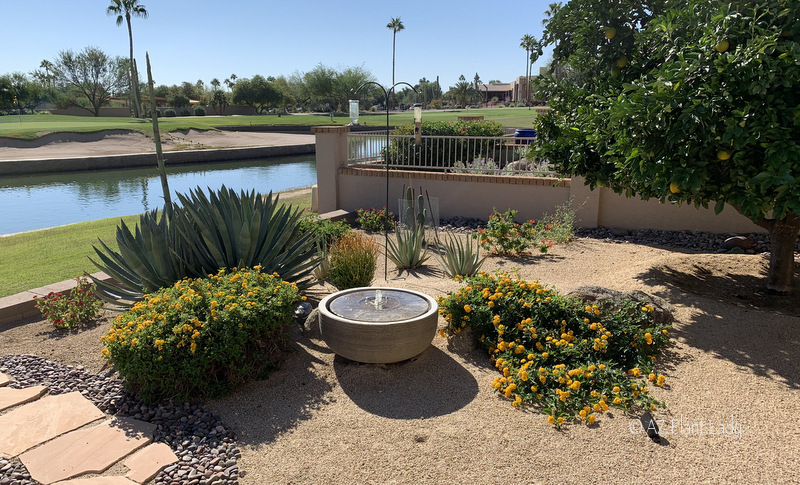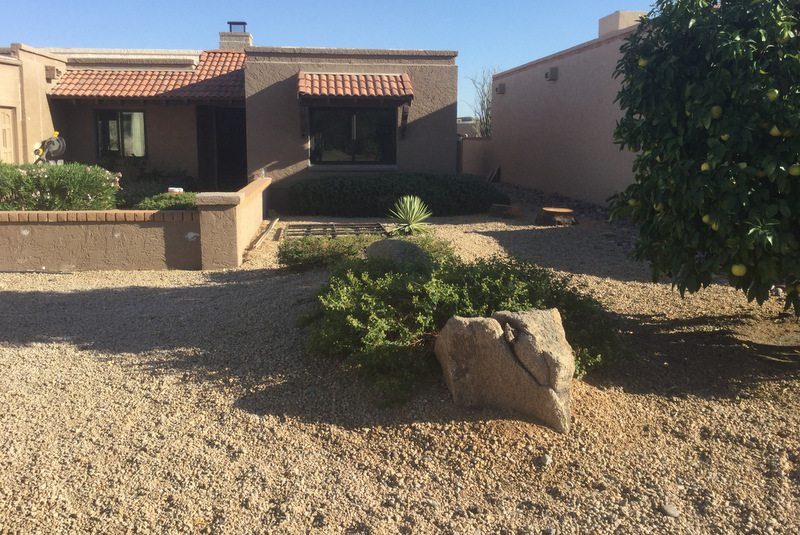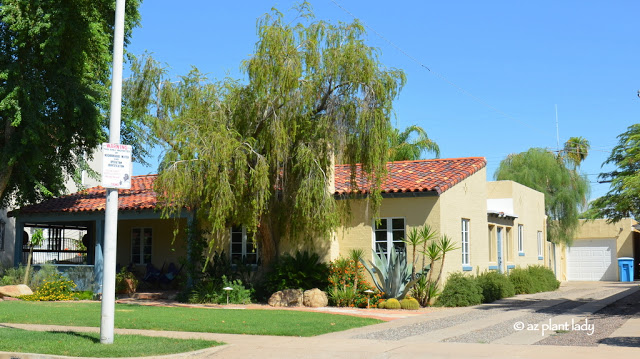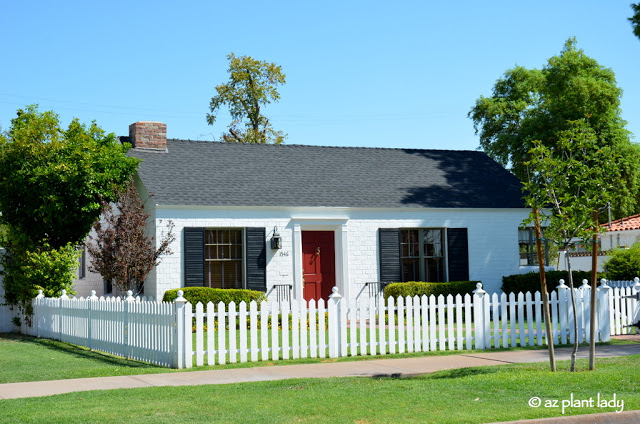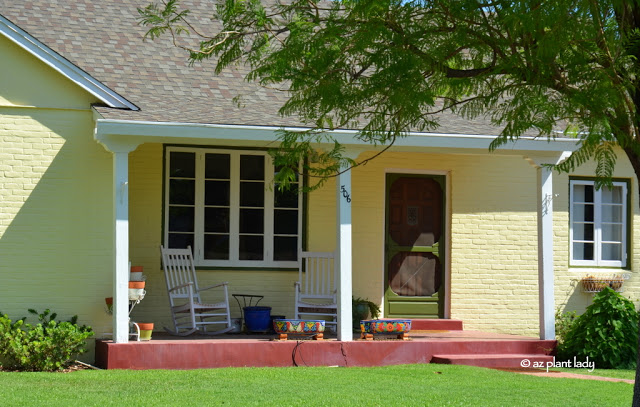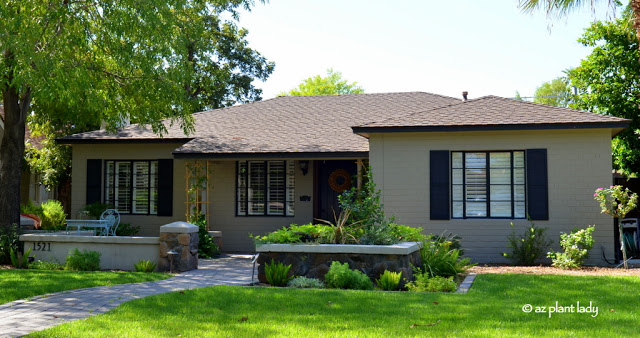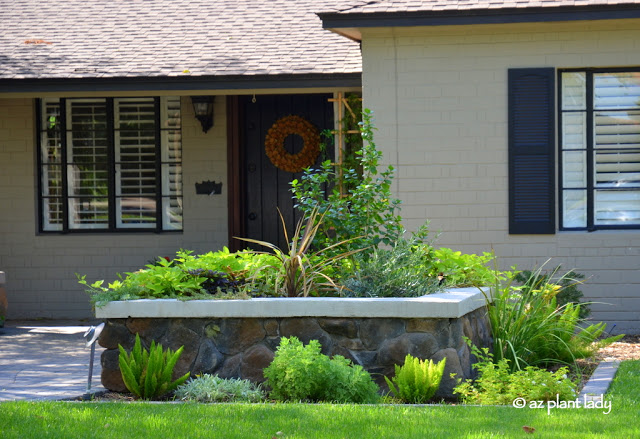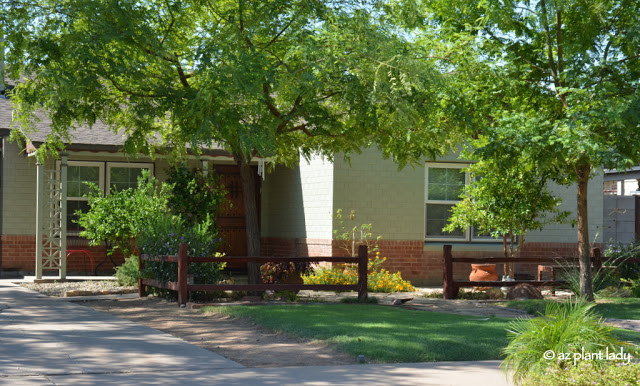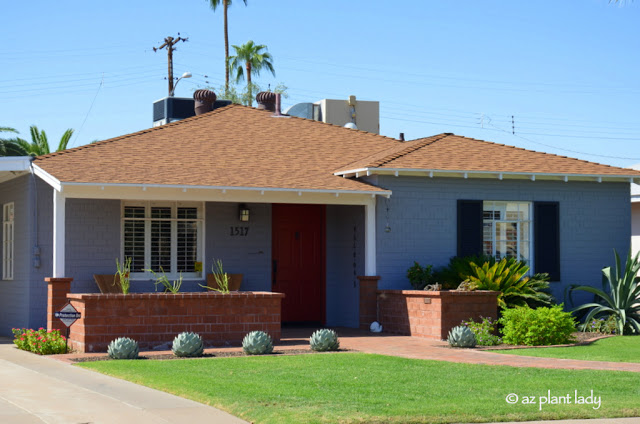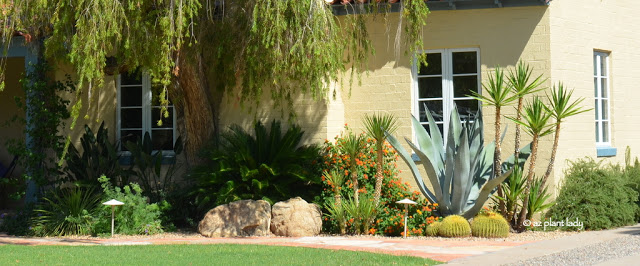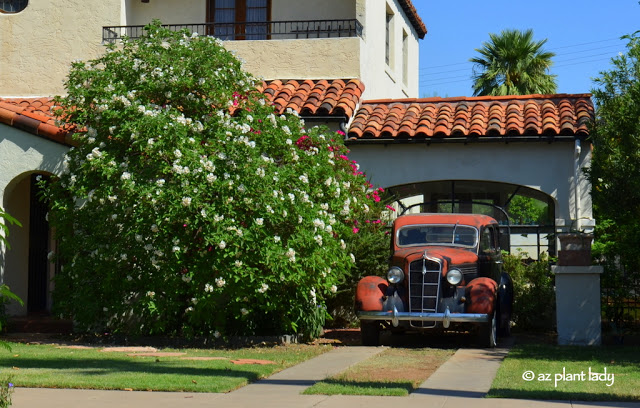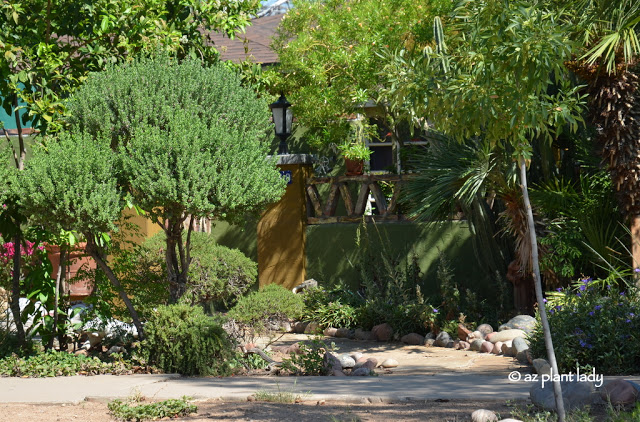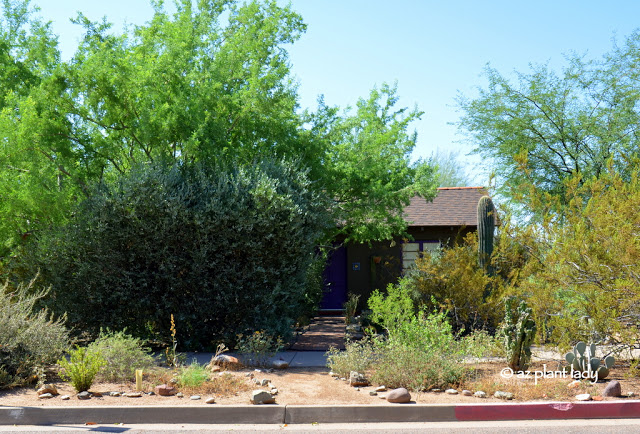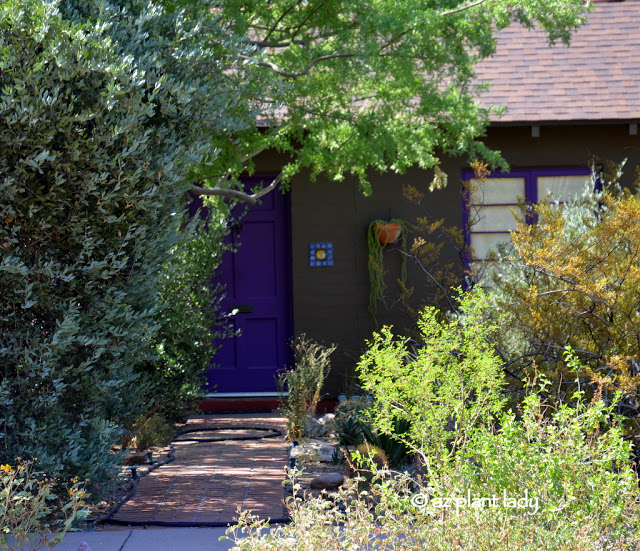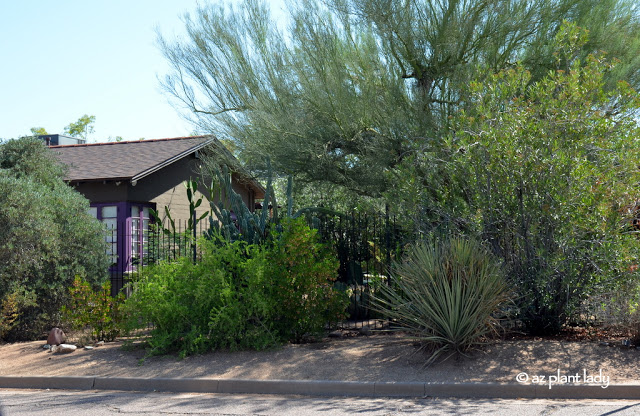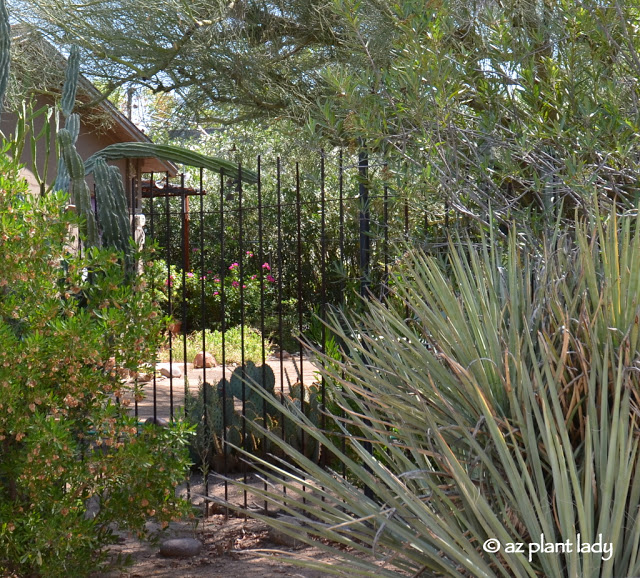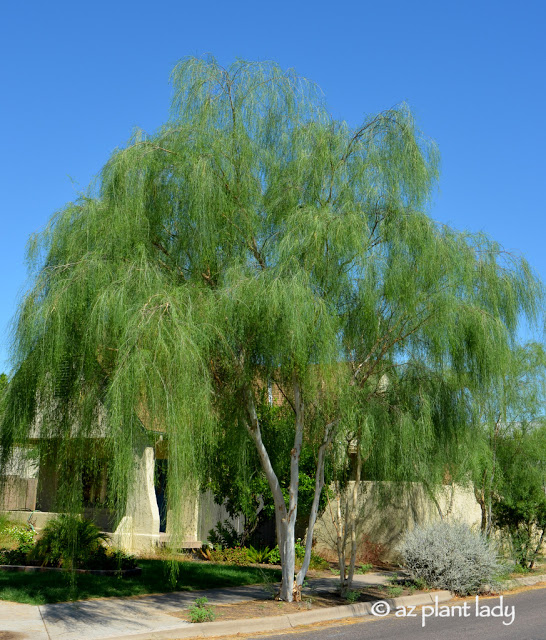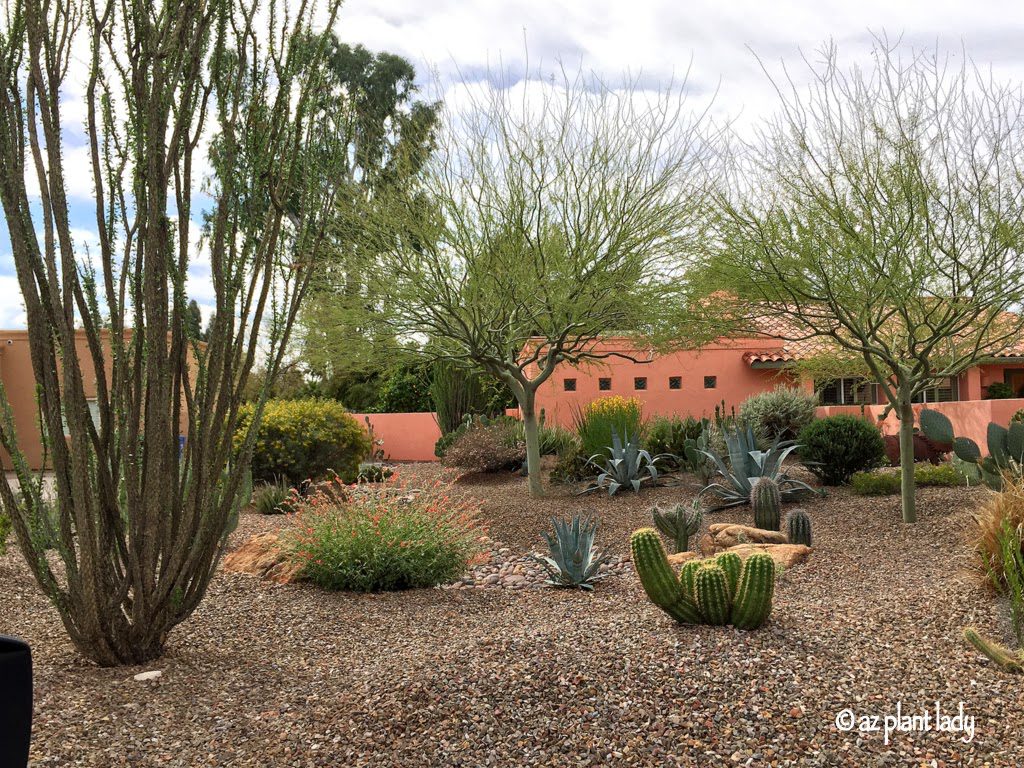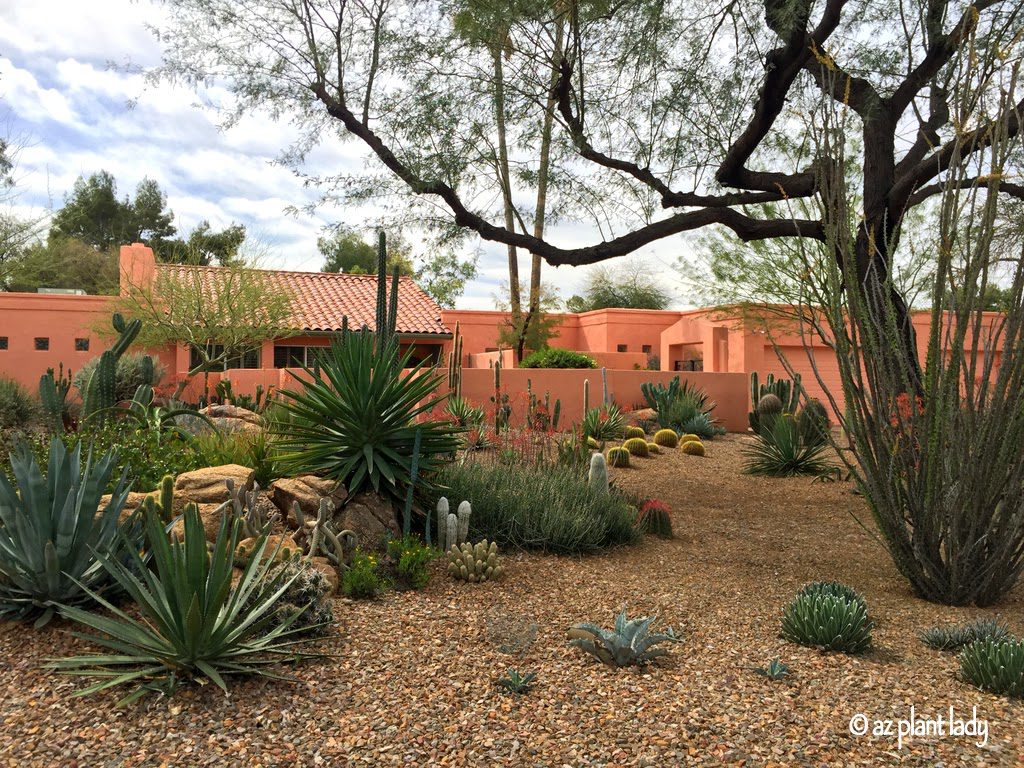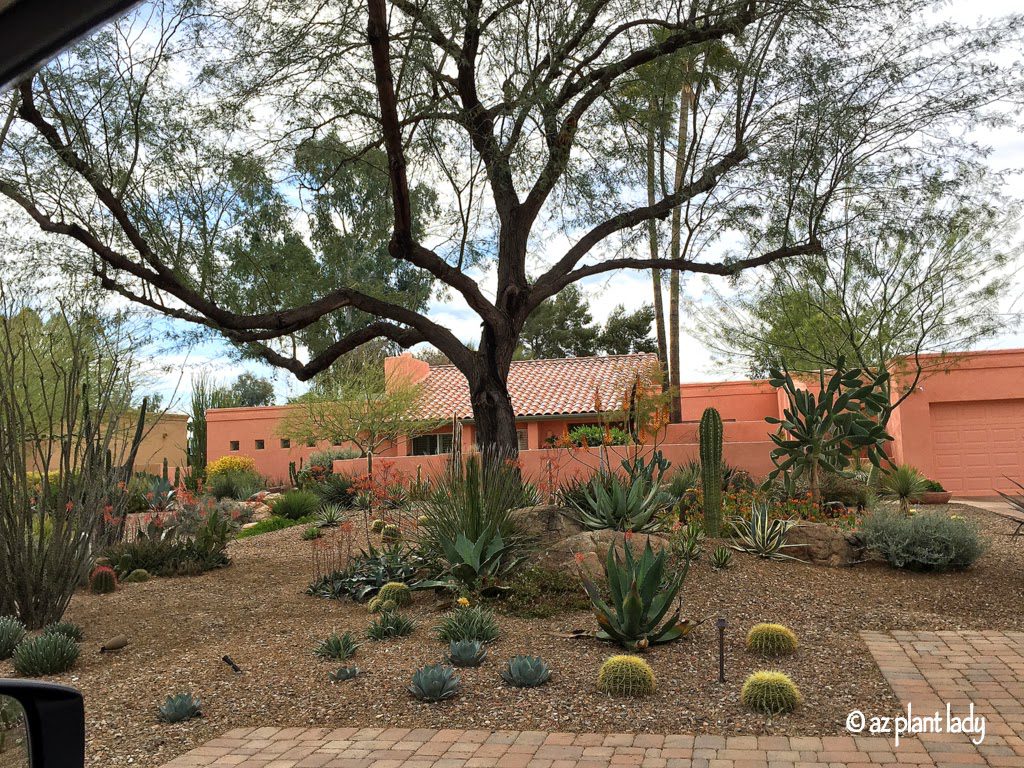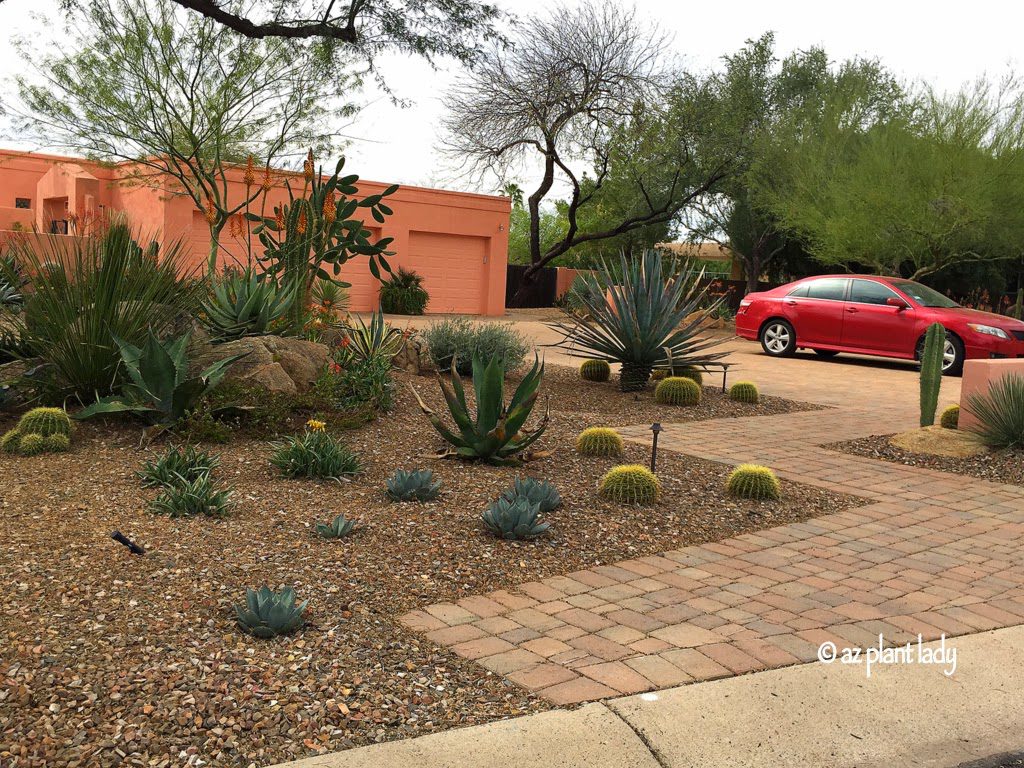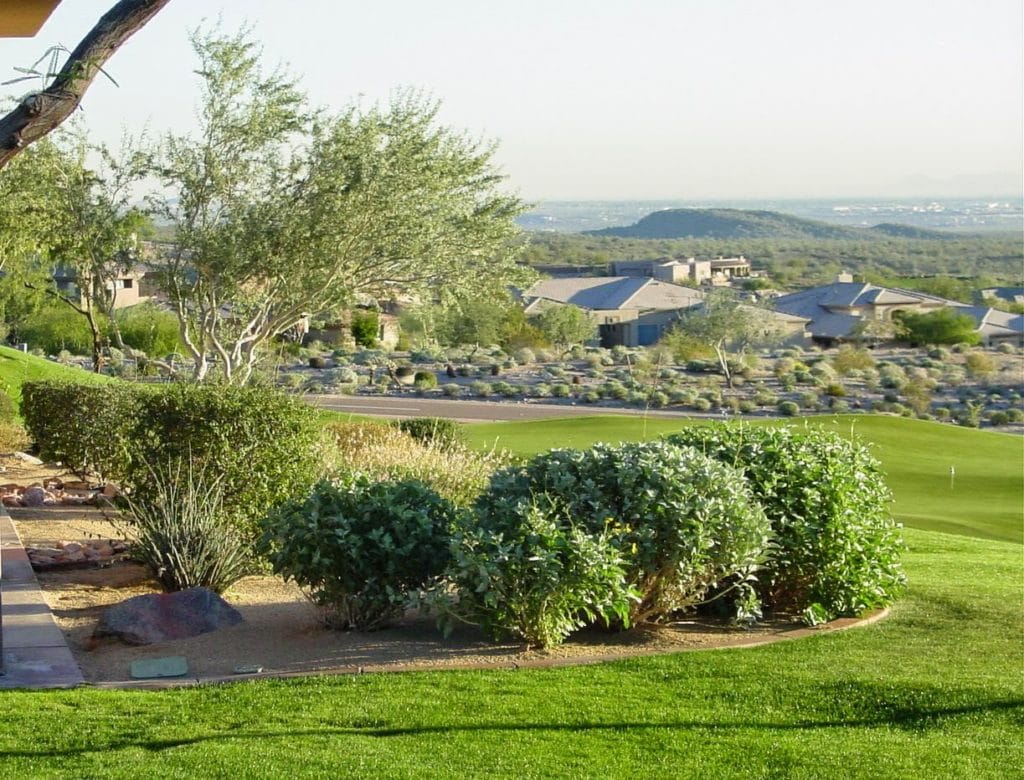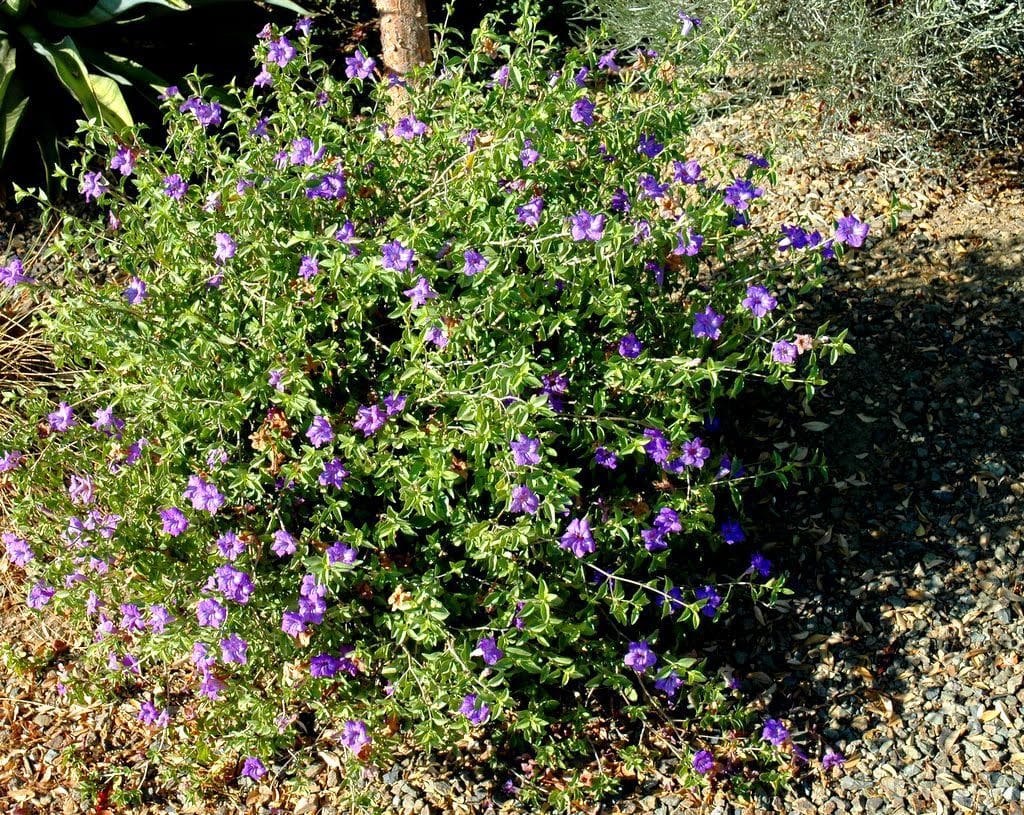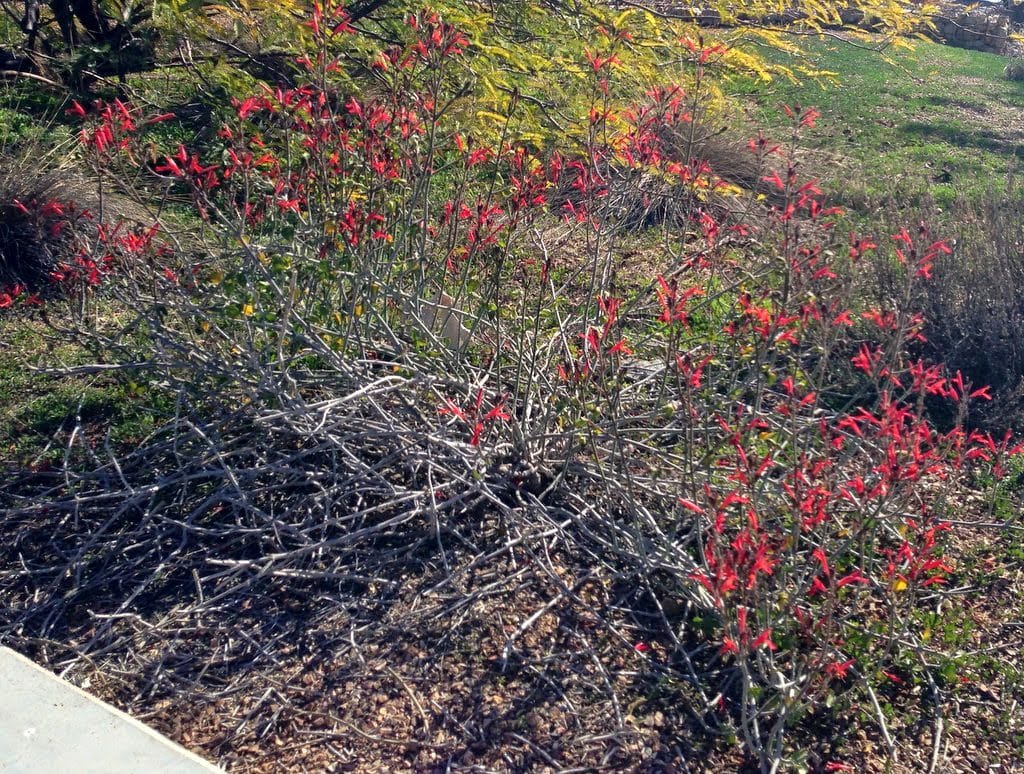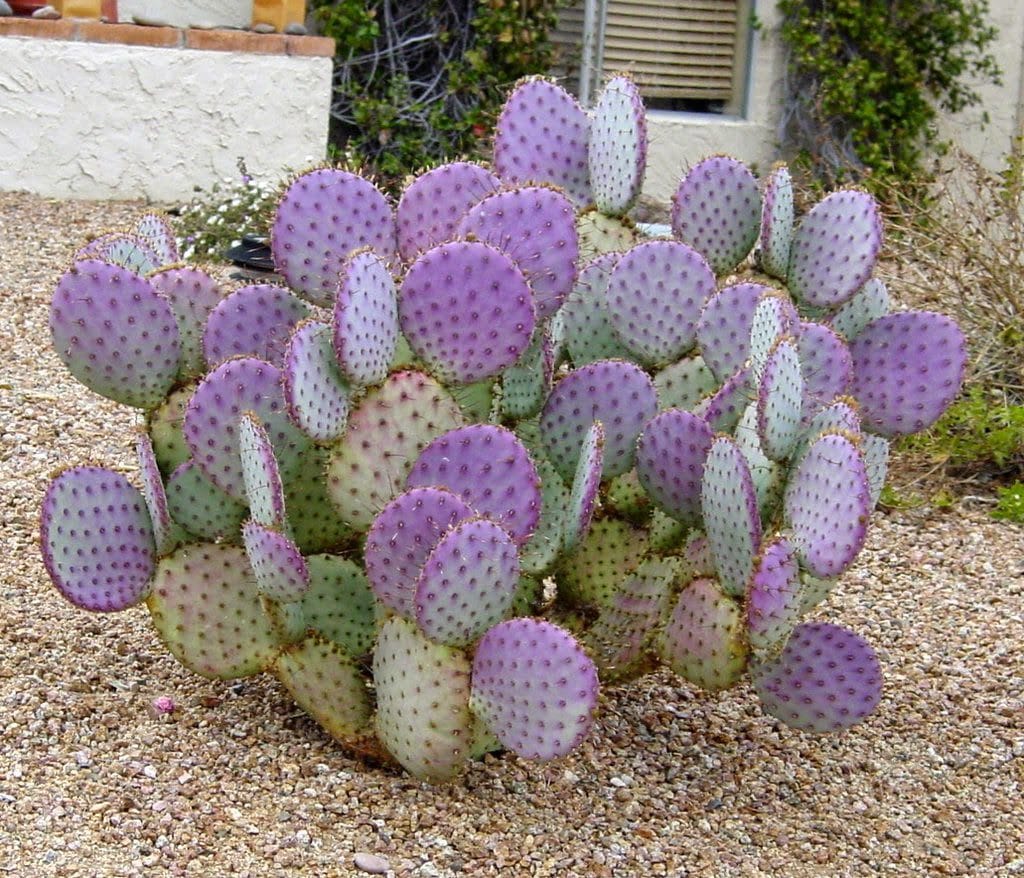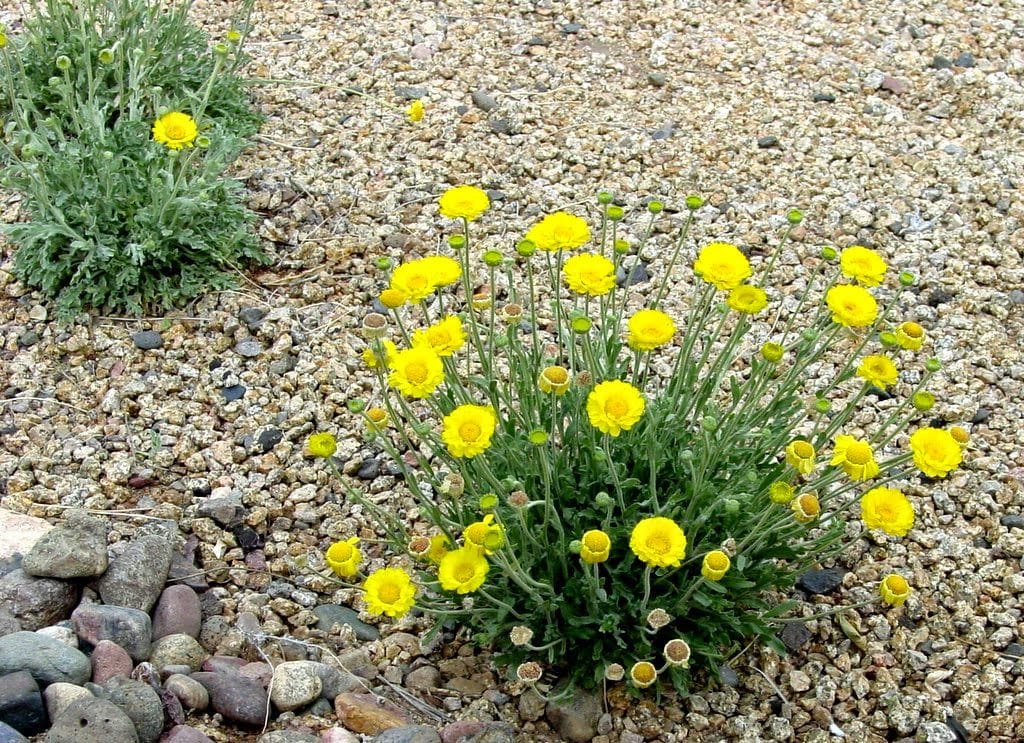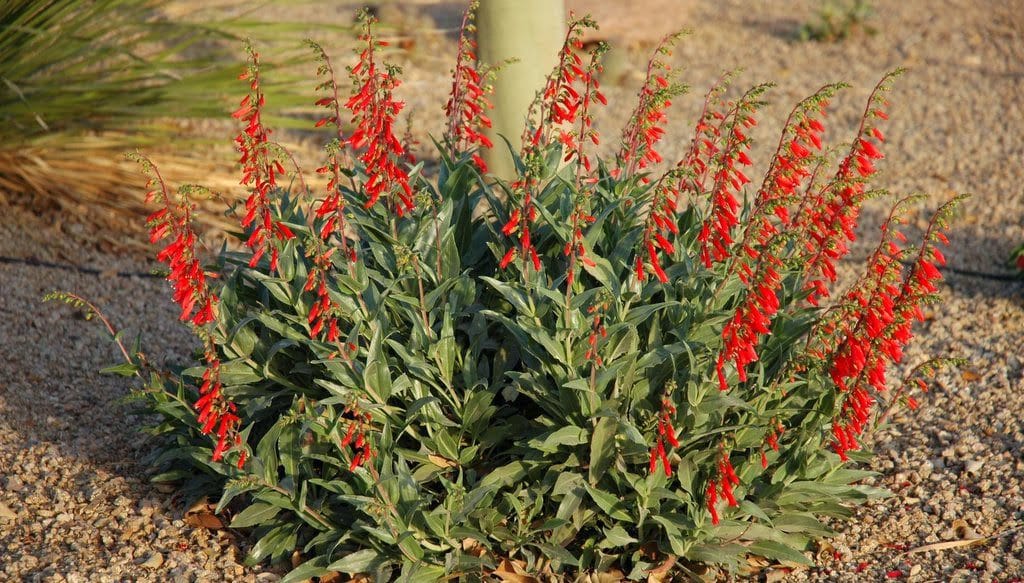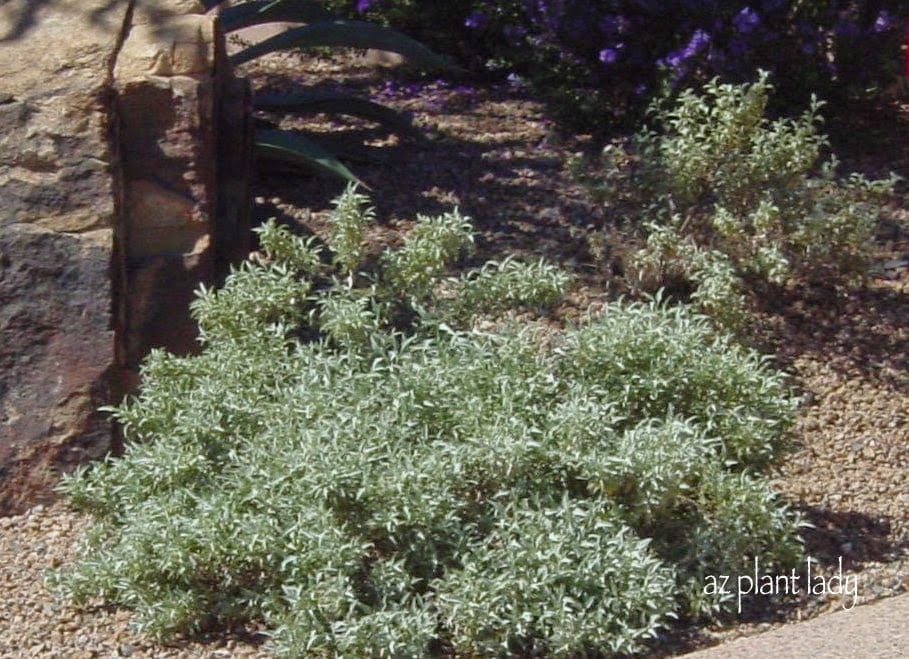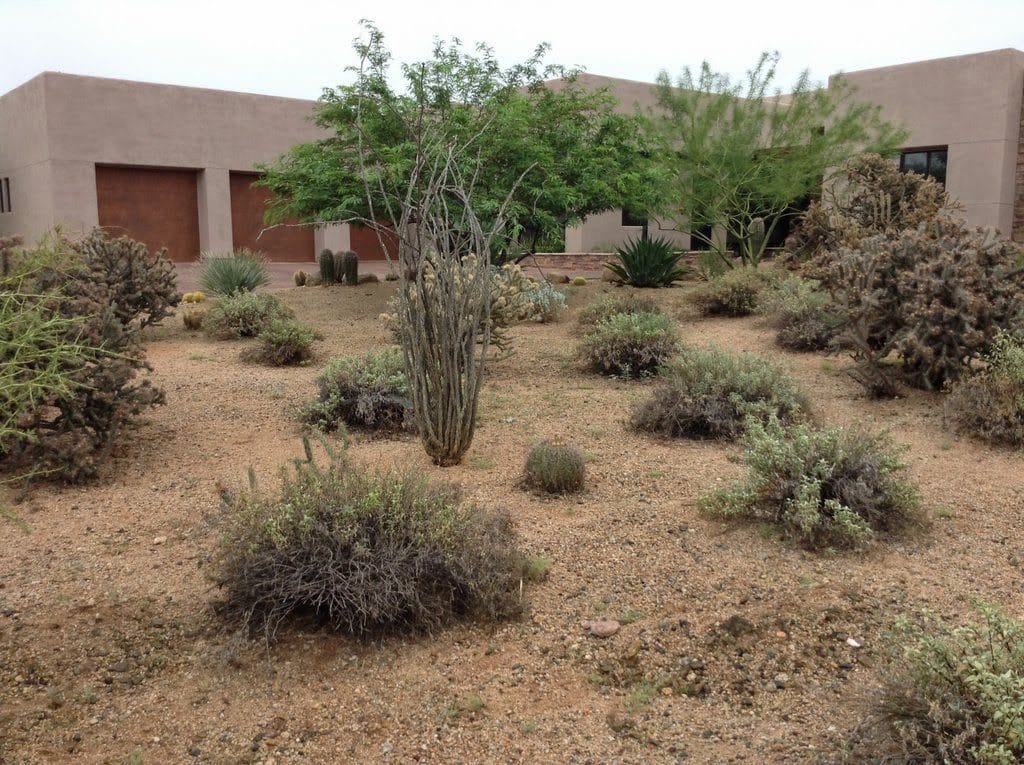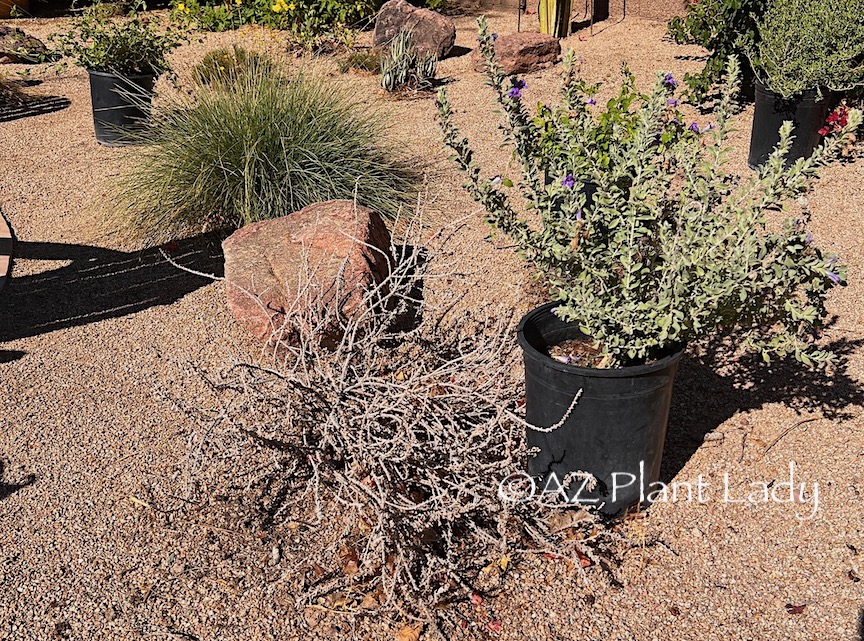
Understanding the Mystery of Dead Plants
I’m pretty sure I know the answer to the dead plant mystery.
We have all likely experienced the death of a plant in our garden, and even though I am a horticulturist, I’m not immune.
Sometimes, plants die in my garden too.
The Perplexing Case of ‘Blue Bells’ Emu Bush
Here is a photo of my recently deceased ‘Blue Bells’ emu bush.
I was surprised to see that it had ‘kicked the bucket’ as its nearby neighbors were flourishing. Dead plants can tell a story.
So, the question I have to ask myself is, why did it die?
How to Figure Out Why a Plant Died in Your Garden
To determine why a plant died, here are some things to ascertain…
1. Recent Planting and Transplant Shock:
Was it planted recently? If so, it may not have had enough time to grow enough roots to survive summer. Transplant shock is a real thing.
2. Watering Issues Are a Concern:
Did it get enough water? Was the drip emitter plugged or broken? Sometimes we need to better educate ourselves on water irrigation.
3. Sun Exposure Extremes:
Was it planted in the wrong exposure? In other words, did it get too much sun or not enough? Both of these things can cause dead plants.
4. Climate Compatibility Can Cause Dead Plants:
Does the plant do well in our hot, desert climate? Or will it end up a dead plant because it is not built for the desert climate.
5. Pest Problems:
Were there any pest problems, such as ants around the roots or other unwelcome bugs? This can weaken the plant.
6. Overall Landscape Health:
Are identical plants in your landscape struggling too? If so, they might all be struggling due to a similar issue.
7. Soil Conditions are Important:
Is there a problem with the soil? Groupings of dead plants can sometimes indicate poor soil conditions.
Using these questions as guidelines, you’ll likely have the answer to why a plant has died.
However, in my case, the plant was a few years old, always did well, and the ‘Blue Bells’ nearby were thriving.
So, why did it die?
I don’t know…
Sometimes plants die, and we don’t know why. I realize this can be hard to accept without having the answer.
That is what happens in nature – things die, and we don’t always have the answers as to why.
In my particular case, I am replanting a new “Blue Bells” because I know it grows well for me in this spot. I ensured there were no unwelcome bugs in the soil and amended the soil with 1 part compost mixed with 1 part existing soil to give it a little ‘boost.’ You might find a different plant that works well for your garden.
I hope my new plant is happy…



